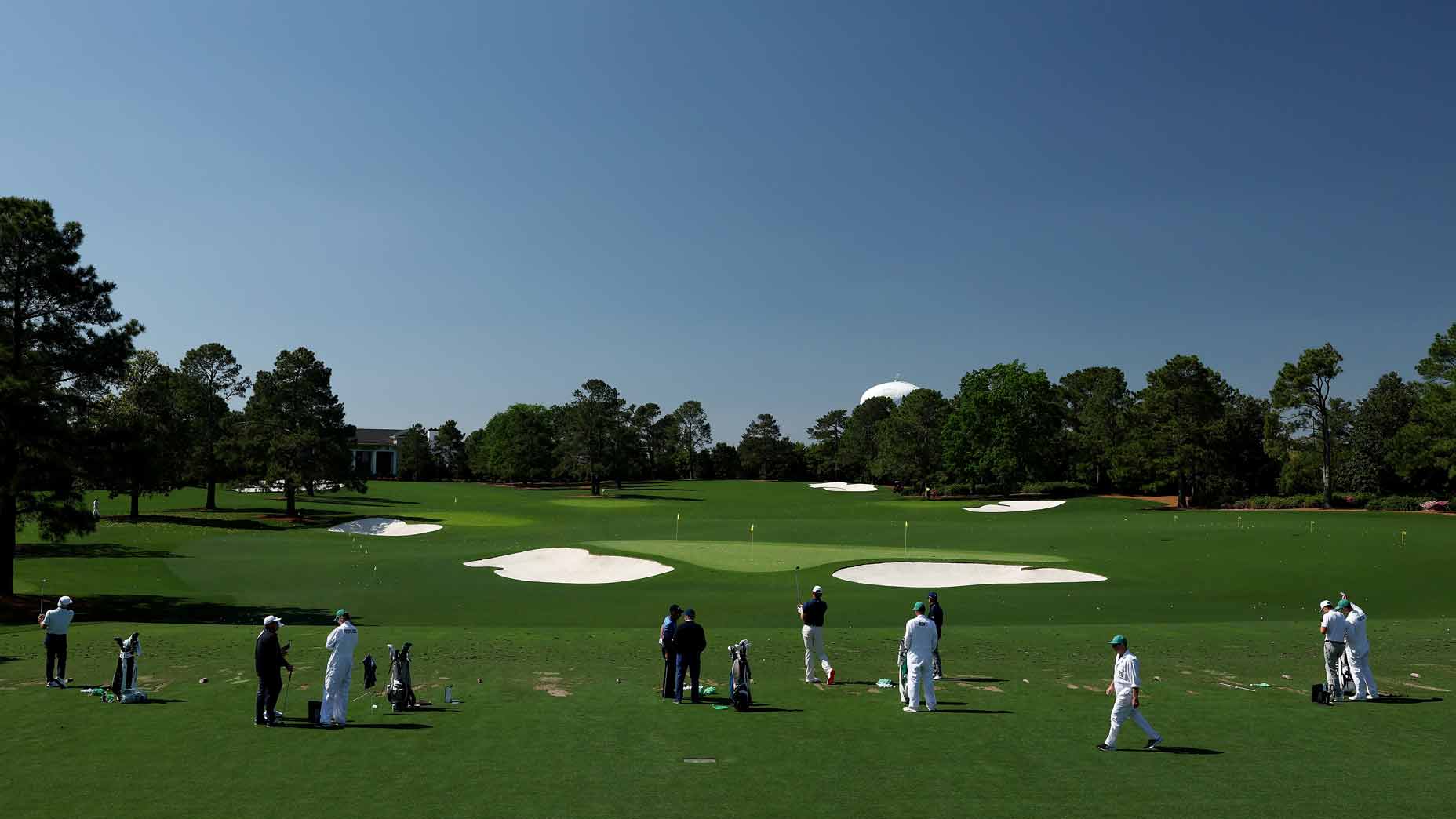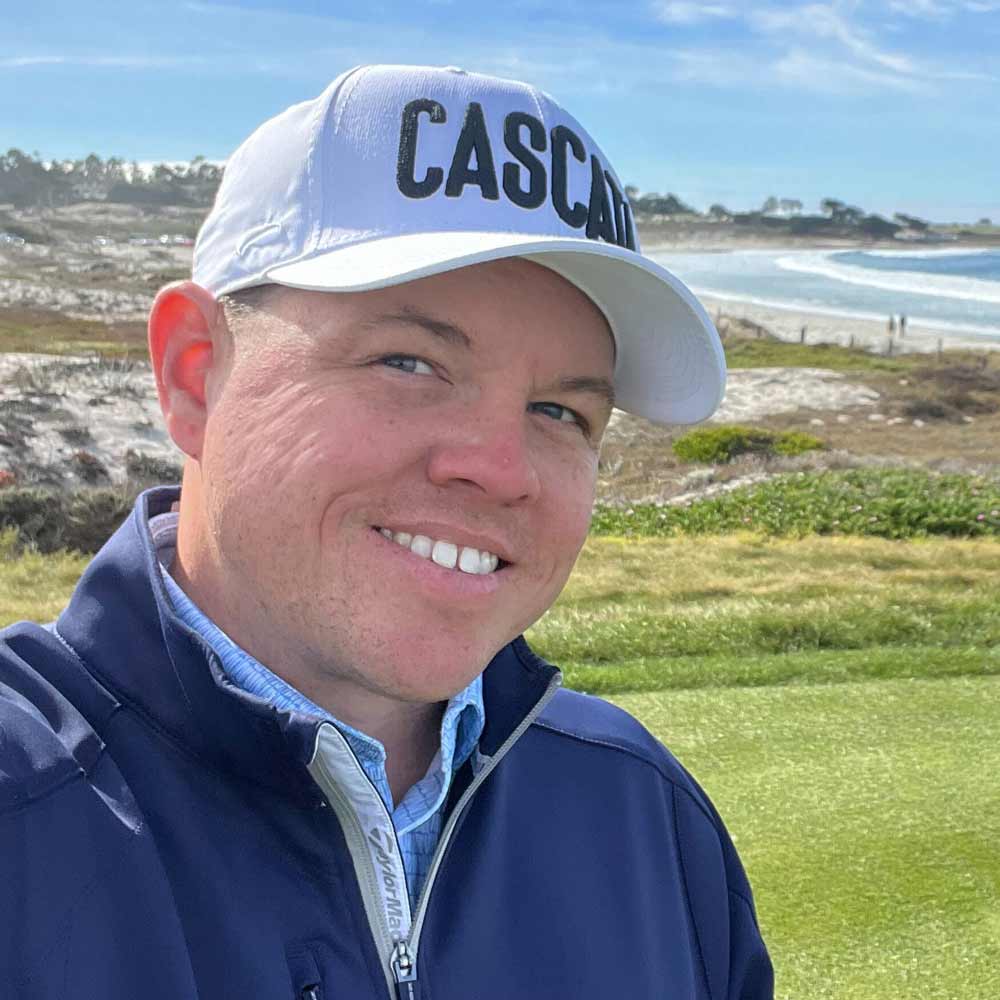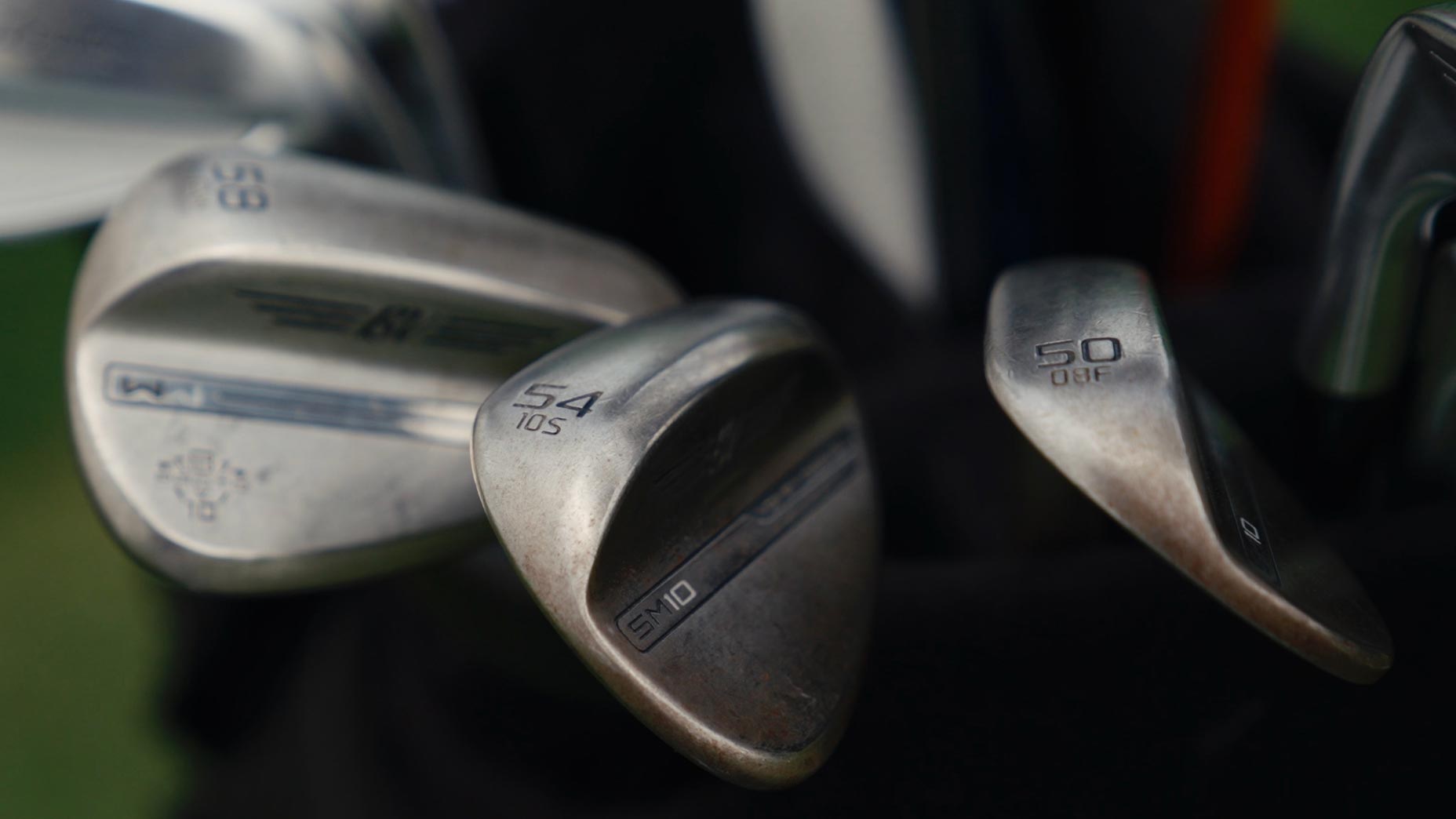With the Masters week upon us, should we expect many gear changes at Augusta National?
Most players have their bag set and play gear they already developed a high level of confidence in. However, if a player must add something to the bag, what are the hardest clubs to replace, especially if they have worked well for them?
After working with some of the best players in the world, I can tell you, the 3-wood and putter are the two most difficult clubs to replace for a Tour professional. Here’s why.
Pros keep a good fairway wood forever
The 3-wood, or strongest lofted wood after the driver, is a staple piece of gear for most players because of the adaptability they demand from that particular club. The 3-wood has to perform equally well off the turf and the tee. Likewise, it has to produce a predictable ball flight and shot shape while still launching through the window the player needs to see to be confident in the club’s performance.
If the driver isn’t working, it’s the 3-wood that is expected to pick up the slack. As the next long-range weapon in the bag, this club needs to be capable of producing a good amount of ball speed. Finding the perfect balance of speed and forgiveness isn’t the only problem a fitter is faced with.
Inside Viktor Hovland’s pre-Masters gear changeBy: Johnny Wunder
A Tour player is also going to expect the 3-wood to be able to produce their “stock” go-to shot. For some, that could be a draw or fade. While other players prefer the 3-wood to have a bias for the opposite flight they see with their driver. If the “stock” shot is a fade with the driver, the 3-wood is going to need to produce a fade and have more neutral to anti-draw characteristics.
Selecting a replacement 3-wood can also be difficult because of a personal bias that the player may have. As a fitter, I can’t pretend to tell a player what they like the look, sound, or feel of. If the shape is off, the visual or optics don’t appeal to their eye, or the sound just doesn’t do it for them, they will be VERY reluctant to make a change.

PING G440 Max Custom Fairway Wood
View Product
Taking all this into account, hopefully it makes more sense why you see some antiques and relics still floating around in the 3-wood slot on all the major tours.
This year’s first-round Masters leader, Justin Rose, is still hanging onto a 3- and 7-wood TaylorMade M6 fairway woods.
Now, add the elevated pressure to perform at Augusta National into the mix, those fairway selections could be on lockdown… at least for one more week.
What’s the second most difficult club to change?
The second most difficult club to replace, the putter. The putter could arguably be the most personal club in any Tour player’s bag. Putting is all about feel, confidence and consistency.
Even when struggling with putting, many players hesitate to change putters because it compromises their comfort and trust. Players have even been quoted describing the emotional attachments they get to their putter. But why is it so hard to change?
For a Tour player, the strokes gained putting stat is a level playing field where anyone can gain strokes on their fellow competitors with some skill and a flat stick that gets hot.

L.A.B. Golf OZ.1i Putter
View Product
The putter becomes an extension of the player’s ability to read the speed and contours of the putting surface. The speed off the face has to match the stroke of the player. The shape has to match their eye so they can hit their lines. The weight must be in tune with their tempo so, even under pressure, the putter doesn’t get lost during a stroke. The toe flow, or lack thereof, has to match the motion of the stroke for consistent facial awareness.
When you think about all the things that must happen in a fraction of a second, repeatedly, the putter is almost the equivalent of a Tour player’s magic wand. Maybe Tour players really are magicians! If that’s the case, I know I’m not going to be one to judge if they aren’t ready to upgrade to the latest and greatest.
Looking for the right clubs for your own game? Find a fitting location near you at True Spec Golf.











